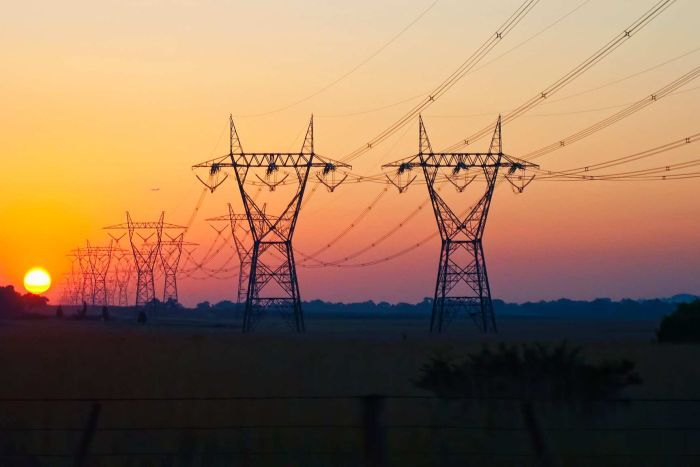Project EnergyConnect (PEC), led by ElectraNet and TransGrid, is a 900km, 330kV above-ground interconnector proposed to run between Robertson, SA, and Wagga Wagga, NSW. TransGrid has been pushing strongly for this project for over three years as a way to provide “energy security to SA and unlock new renewables generation in south-west NSW.”
TransGrid’s Chief Executive Paul Italiano says the CSSI classification means the planning approval process in NSW can be expedited to meet delivery deadlines.
The interconnector would provide diversified supply on both ends, a necessity especially acute in SA which has been dogged by blackouts in recent years due largely to its then gas dependency.
“Any section of the network could break down and you could still have energy flowing around the system,” said Italiano, “it’s a very significant contribution to the system’s security.”
Construction on the project is expected to begin by mid-2021, with the Environmental Impact Statement (EIS) to be up for display in the second half of 2020. If everything goes according to plan, the project could see completion by mid-2023.
The need for transmission infrastructure was stressed by NSW Government Minister for Energy and Environment Matthew Kean at the opening of the Clean Energy Summit 2019 earlier this month. Industry and investor confidence has lessened in recent years as the unique challenges of integrating the booming renewables industry into what has become an archaic grid system. The Clean Energy Council’s (CEC) Clean Energy Outlook – Confidence Index demonstrated this drop in confidence.
There is more than 19,400 MW of large-scale renewable-energy projects, worth approximately $26 billion to the NSW economy, currently either approved or in the approval process, but as Keane readily admitted, there “is simply not enough existing transmission capacity for these projects to connect.”
Of course, not only is a dearth of transmission infrastructure a problem for the renewable energy to come, but it is also hindered by the departure of the coal generation that is being left behind. The coming closure of power-plants like Liddell, Vales Point, Bayswater and Eraring over the next 10-15 years means that the transmission requirements of the renewable energy replacements are, as the NSW Government has declared, “critical” to the State’s energy future.
That’s where PEC comes in. “PEC is a very important part of Australia’s energy future,” added Italiano, “Granting CSSI status to this project is a really positive development and a clear indication of how important PEC is to the evolution of the National Energy Market (NEM).”
This content is protected by copyright and may not be reused. If you want to cooperate with us and would like to reuse some of our content, please contact: editors@pv-magazine.com.









By submitting this form you agree to pv magazine using your data for the purposes of publishing your comment.
Your personal data will only be disclosed or otherwise transmitted to third parties for the purposes of spam filtering or if this is necessary for technical maintenance of the website. Any other transfer to third parties will not take place unless this is justified on the basis of applicable data protection regulations or if pv magazine is legally obliged to do so.
You may revoke this consent at any time with effect for the future, in which case your personal data will be deleted immediately. Otherwise, your data will be deleted if pv magazine has processed your request or the purpose of data storage is fulfilled.
Further information on data privacy can be found in our Data Protection Policy.